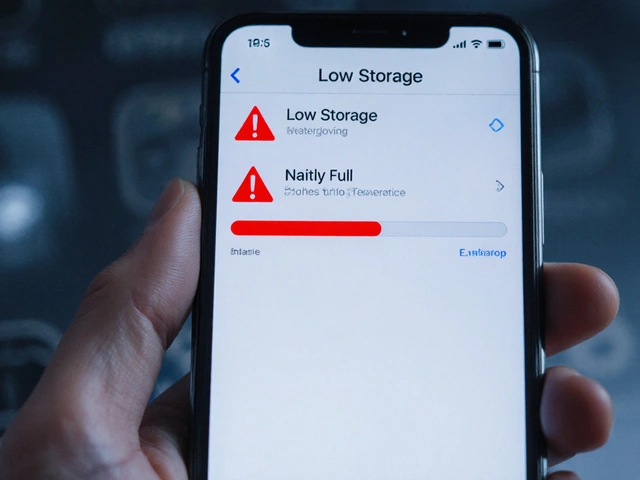Manufacturing Challenges in India – How to Overcome Them
If you run a factory in India, you’ve probably felt the squeeze of rising costs, unpredictable power, and a talent crunch. Those headaches aren’t unique to one sector – whether you make tissue rolls, steel rods, or smartphone parts, the same pain points keep popping up. The good news? Most of them have fixes that don’t require a complete overhaul.
Common Roadblocks in Indian Production
First up, power supply. Frequent outages force you to run diesel generators, which spikes your electricity bill and adds maintenance headaches. The second big one is raw‑material price volatility. When the cotton market swings, tissue manufacturers see margins evaporate overnight. A third issue is logistics. Congested highways and flimsy cold‑chain infrastructure mean your finished goods either arrive late or spoil.
Labor quality is another hot topic. While India offers a massive workforce, many factories struggle to find skilled operators who can handle modern, automated lines. This leads to higher defect rates and longer change‑over times. Finally, regulatory compliance can feel like a maze. New environmental rules, especially around water usage in pulp processing, require paperwork and upgrades that smaller plants find hard to afford.
Practical Ways to Tackle the Issues
Start with a reliable backup power plan. Instead of keeping a generator running all day, invest in a hybrid system that combines solar panels with battery storage. It cuts diesel use and gives you a steady supply during peak load. For raw‑material costs, lock in prices with forward contracts or partner with local farms for direct sourcing. That reduces middle‑man margins and gives you more control over quality.
Improve logistics by mapping out alternative routes and using a transport management software that predicts traffic snarls. A small increase in routing efficiency can shave hours off delivery times. On the labor front, set up a short‑term training hub near your plant. Even a two‑week hands‑on program can lift operator skill levels and lower defect rates noticeably.
When it comes to regulations, treat compliance as a competitive edge. Use a simple checklist for each new rule, assign a point person, and track progress in a shared spreadsheet. Audits become easier, and you avoid surprise fines. If water use is a concern, consider a closed‑loop system that recycles rinse water for non‑critical processes. It lowers consumption and shows your brand cares about sustainability – a plus for modern consumers.
Putting these steps together doesn’t happen overnight, but each one builds a sturdier, more resilient operation. Over time, the savings on diesel, reduced waste, and smoother deliveries add up to a healthier bottom line. Plus, you’ll have the flexibility to scale up when demand spikes, without the fear of hitting the same roadblocks again.
Bottom line: Indian manufacturing faces real challenges, but they’re mostly solvable with the right mix of technology, planning, and people focus. Start small, track results, and keep adjusting – you’ll see the strain ease and your production line run smoother than ever.
Why Manufacturing Stagnates in India: A Chemical Industry Perspective
Despite India's potential, manufacturing growth, particularly in the chemical sector, faces significant hurdles like outdated infrastructure and complex regulations. The failure to capitalize on these opportunities raises questions about policy effectiveness. Meanwhile, innovation and technology adoption lag behind global standards. Understanding these challenges is crucial for unlocking the sector's full potential.
View More




